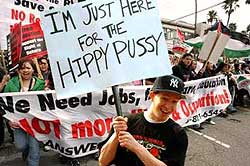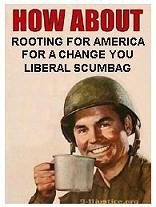Only 9,098 0f the last 10,500 years were globally warmer than 2010.
But the fraudulent statists of the Left don't give up easily:
But the fraudulent statists of the Left don't give up easily:
1934 has long been considered the warmest year of the past century. A decade ago, the closest challenger appeared to be 1998, a super-el nino year, but it trailed 1934 by 0.54°C (0.97°F). Since then, NASA GISS has “adjusted” the U.S. data for 1934 downward and 1998 upward (see December 25, 2010 post by Ira Glickstein) in an attempt to make 1998 warmer than 1934 and seemingly erased the original rather large lead of 1934 over 1998. The last phases of the strong 2009-2010 el nino in early 2010 made this year another possible contender for the warmest year of the century. However, December 2010 has been one of the coldest Decembers in a century in many parts of the world, so 2010 probably won’t be warmer than 1998. But does it really matter? Regardless of which year wins the temperature adjustment battle, how significant will that be? To answer that question, we need to look at a much longer time frame‒centuries and millennia.













